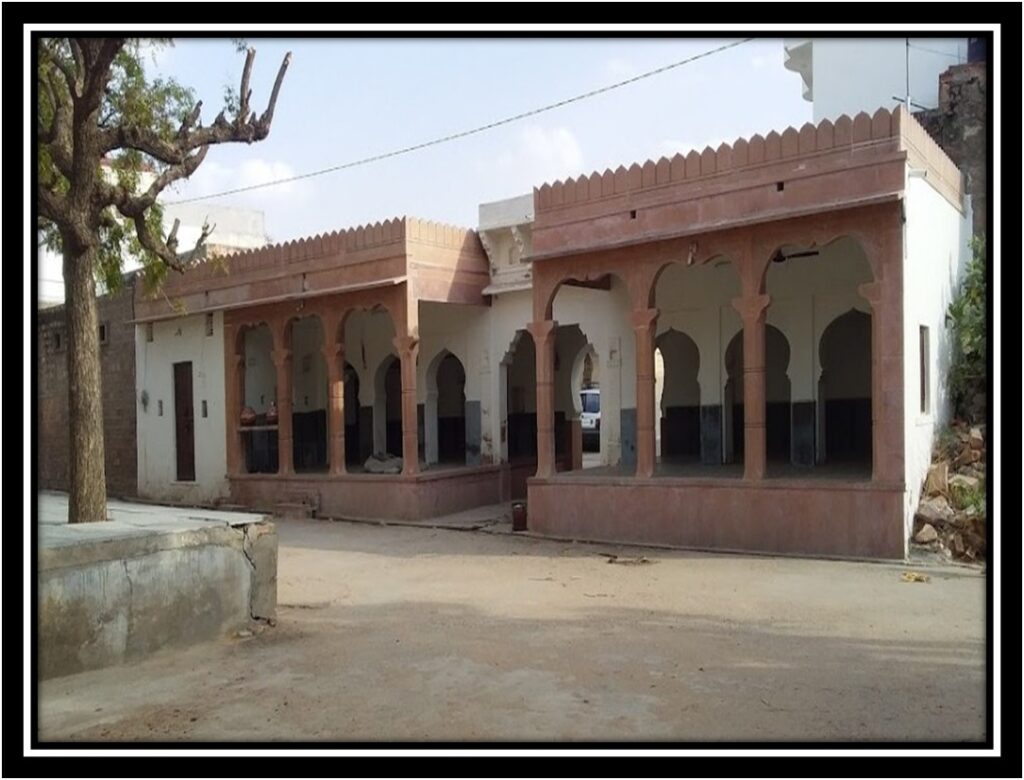Chawadiya Rawla: A Timeless Heritage of Rajasthan

Chawadiya Rawla: A Timeless Heritage of Rajasthan’s Architectural Grandeur
Rajasthan, known for its majestic palaces and grand havelis, is home to several architectural marvels. Among these hidden treasures is Chawadiya Rawla, a splendid structure that reflects Rajasthan’s rich history and culture. This article explores its historical significance, architectural brilliance, and cultural impact.
Historical Significance of Chawadiya Rawla
It dates back to the Rajput era. Noble rulers built it as a strategic and magnificent residence. The Rawla housed local chieftains and played a vital role in governance and military activities.
Its location ensured security while allowing easy access to trade routes. Over the centuries, it witnessed battles, royal ceremonies, and cultural festivities. Despite the passage of time, it remains a testament to Rajasthan’s feudal history.
Architectural Brilliance of Chawadiya Rawla
Chawadiya Rawla showcases Rajasthani-style architecture, blending Mughal and Rajput influences. Key architectural elements include:
- Elaborate Facades: The grand entrance features intricate carvings and motifs depicting Rajput warriors, floral patterns, and mythological scenes.
- Jharokhas & Balconies: These decorative overhangs enhance beauty and offer panoramic views.
- Courtyards & Open Spaces: Designed for Rajasthan’s climate, open courtyards allow natural ventilation and light.
- Shekhawati Frescoes: Some walls and ceilings still display beautifully painted frescoes portraying historical events and folklore.
- Hidden Tunnels & Secret Passages: The Rawla contains underground escape routes and concealed chambers used during wartime.
Cultural and Social Influence of Chawadiya Rawla
Beyond its architecture, It holds immense cultural value. It has hosted grand celebrations, including royal weddings and religious gatherings. Even today, historians, architects, and heritage enthusiasts visit to explore its past.
The Rawla preserves local traditions and folklore. Nearby villages celebrate festivals inspired by its historic events. The storytelling tradition, performed through Kathputli (puppet shows) and folk music, keeps its legacy alive.
Preservation and Tourism Potential
Although Chawadiya Rawla is not as famous as Mehrangarh or Amer Fort, it has great potential for heritage tourism. Steps must be taken to restore its aging structures and promote it as a historical site. Ways to preserve its legacy include:
- Restoration Projects: Government and private organizations should invest in conserving its frescoes, walls, and architectural features.
- Heritage Walks & Guided Tours: These can help tourists and history enthusiasts understand its past better.
- Cultural Events & Festivals: Hosting folk performances and art exhibitions can attract visitors and revitalize its charm.
- Eco-Tourism & Homestays: Sustainable tourism can benefit local communities while preserving their heritage.
Conclusion
Chawadiya Rawla symbolizes Rajasthan’s glorious past, narrating stories of valor, culture, and architectural mastery. While it remains lesser known than other landmarks, its uniqueness makes it a must-visit destination. With proper conservation and tourism initiatives, it can reclaim its place as one of Rajasthan’s finest historical sites.
Whether you are a history buff, architecture enthusiast, or traveler seeking offbeat destinations, they promises an unforgettable journey through time.





